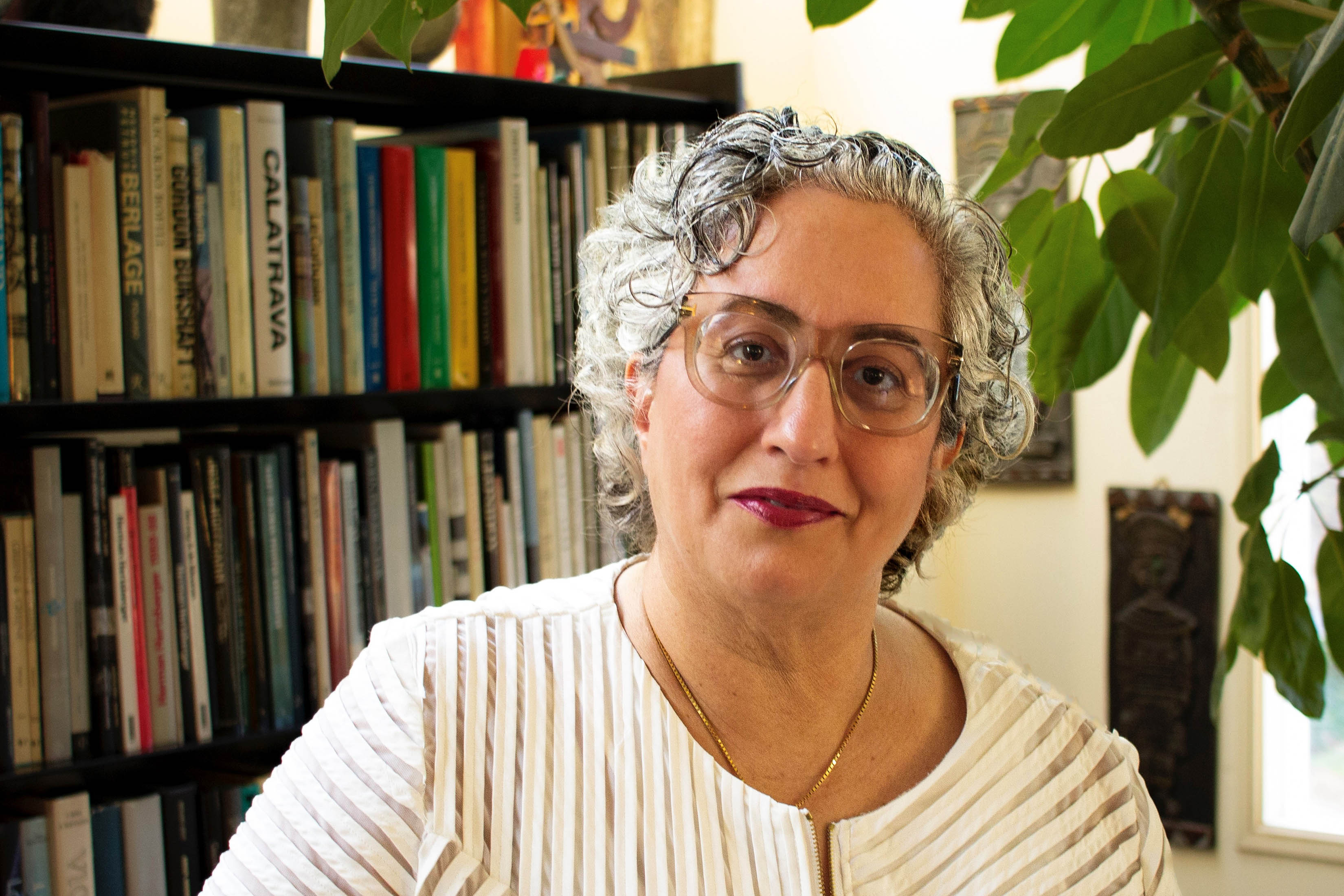Infusing Science into Public Policymaking
-
-
MIT Technology Review
Filed Under
Recommended

Tina Bahadori ’84, SM ’88, studied the chemistry of turbulent diffusion flames and wrote a thesis on Les Liaisons Dangereuses as a double major in chemical engineering and humanities. Then she earned MIT master’s degrees in chemical engineering and technology and policy. So, it’s no surprise that she now works at the complex intersection of science and politics. “You want to make sure that science enters the conversation—every big decision, every big policy action,” says Bahadori, executive director for the Division on Engineering and Physical Sciences at the National Academies of Sciences, Engineering, and Medicine. “My job is to integrate, to find those pockets where conversations are happening … and infuse the science into that conversation.”
Bahadori, who also has a doctorate in environmental science and engineering from Harvard’s School of Public Health, has managed public- and private-sector programs related to energy, the environment, technology, and chemical management. Most recently, as director of the National Center for Environmental Assessment at the Environmental Protection Agency’s Office of R&D, she led the design of several innovative research and risk assessment programs.
Bahadori’s division at the National Academies focuses on 13 diverse areas, including space, energy, computing, aeronautics, national security, and infrastructure. She helps assemble the world’s top experts to bring science and research to the attention of US policymakers and help shape that research with an eye to policy.
Being a grad student at MIT alongside dozens of international peers from biology and toxicology labs taught her the importance of being able to communicate across disciplines and think about innovations, applications, and implications simultaneously. You don’t design something and consider its impact later, she says. For example, when advising NASA on shaping space research, it’s vital to plan where to distribute resources, how to train the next generation of scientists, and how to add more diversity to the pipeline.
The private, nonprofit National Academies apply that approach to provide independent, objective analysis and advice to the nation. The challenge is to reach consensus on that advice while maintaining scientific integrity and focusing on long-term goals.
“You need to see, with every policy choice, have you gotten closer to where you want to be? And if you didn’t, what else is missing?” Bahadori says. “What’s the angle you didn’t look at that you need to bring in?”
This article also appears in the March/April issue of MIT News magazine, published by MIT Technology Review.
Pamela Ferdinand is a 2003–04 MIT Knight Science Journalism Fellow.
Are you celebrating a milestone reunion like Tina Bahadori ’84, SM ’88 is? Learn more about MIT Tech Reunions taking place June 1-4 on MIT's campus.







